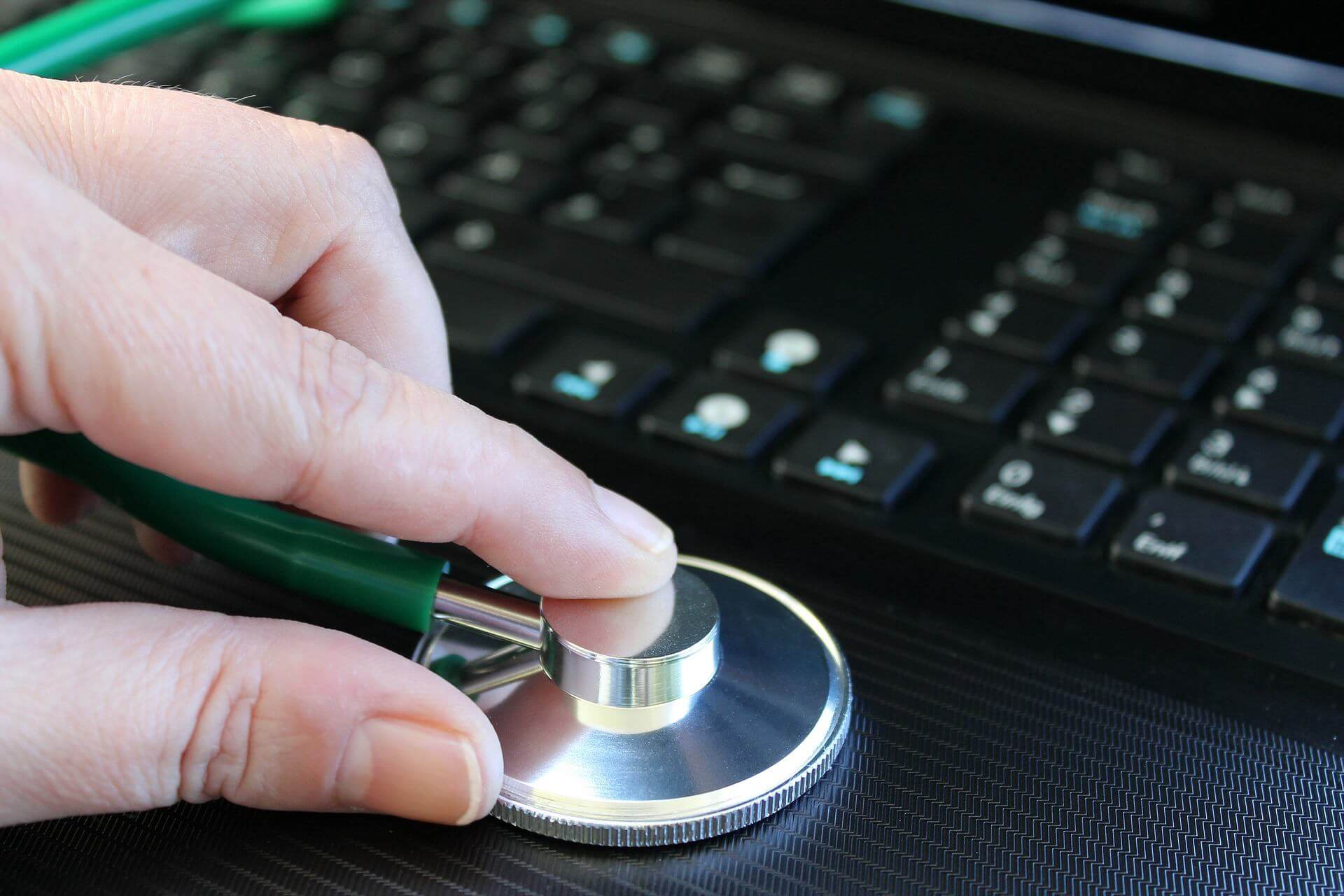An Easy to Follow, Step-by-Step Guide From Your Local IT Experts!
As a leading provider of virus removal services in Barnsley, we see cases almost every day where a client’s computer has become infected with malicious software that threatens their system, files, and even the safety of their personal data. Luckily, there are a number of simple steps that anyone can follow to keep their device squeaky clean, free from malware, and functioning at its best…
We’ve put together this short guide to help you get clued up!
Step 1: Know Your Enemy!
Having a basic understanding of the threats is the first step toward protecting yourself from them. There are many types of malware, but a few of the main forms include:
– Viruses
Viruses are probably the most famous form of malware. They multiply by injecting their malicious code into an innocent program – a lot like the way that biological viruses spread by injecting their genes into healthy cells.
– Trojans
A Trojan is a form of malware dressed up to appear to be something else. A common trick is for malware to be altered to look like a useful program, or an important email attachment such as a PDF. (In case you’re wondering, Trojans are named after the Trojan horse that the Greek soldiers hid in to attack the city of Troy!)
– Ransomware
One of the nastiest forms of malware to emerge in recent years is ransomware. Ransomware works by locking a user out of their computer or encrypting their files – then demanding a payment for access!
– Rootkits
The most difficult form of malware to remove is a rootkit. Rootkits infect the Windows system at the deepest level, and sometimes even hide in areas of the hard drive that aren’t scanned by most antivirus programs.
Step 2: Keep Your Software Updated
The first measure you should take to defend against these threats is to keep your Windows system, and all of the software you use, up to date. A lot of malware depends on weaknesses in Windows, your web browser, or programs like Flash Player in order to infect your device, so keeping everything up to date with the latest security fixes can prevent a malicious program from getting its foot in the door!
For most users, it’s best to set all of your software to update automatically. Many programs (and Windows itself) will actually do this by default, but we have seen cases where users have tweaked the settings, leaving themselves exposed to threats.
Step 3: Use an Anti-Malware Suite
Every Windows device should be protected by a robust anti-malware suite. This will monitor your system for threats, and defend it when malware attacks.
Microsoft include ‘Windows Defender Antivirus’ with Windows 10 – which gives a very basic measure of security by default. Users wanting something more powerful should consider ‘BullGuard Antivirus’ – a program that’s tough on malware, but light on your device’s resources. (We trust the quality of this software and actually offer BullGuard Antivirus installation as an optional upgrade for all our computer repair clients).
Step 4: Be a Responsible Computer User!
The single biggest thing you can do to protect your computer, files, and personal data from malware is to act responsibly and apply some old-fashioned common sense when you use your device! 2 common ways computers become infected are when the user downloads a compromised program/app, or opens an infected email attachment. It’s easy to avoid both risks, here’s how:
– Only Download Reputable Software
We recommend most clients stick to common, popular software, that has a good reputation and is already used and trusted by many others – a quick Google search is often all it takes to check the reputation of a program.
– Only Open Attachments From Trusted Senders
If you receive a mysterious email from an unknown sender which urges you to open an attachment, then stop and ask yourself: ‘Does the email address match the organisation the email claims to be from?’, and ‘Is the English consistent and correct?’ (Many viruses are created overseas in countries like Russia and China, and the use of poor English in an apparently official email can be a valuable clue that something isn’t right).
Step 5: Know When to Get Help
If your device has already become infected, then we’d urge you to use a professional virus removal service…
Given the sophistication of threats like rootkits, attempting a DIY virus removal is risky, and there’s no guarantee that you’ll fully clear your system of the infection. Beyond that, the malware may actually have damaged your operating system or programs – leaving you exposed to future threats in the future. Professional virus removal is the only way to get real peace of mind.
We Offer Virus Removal in Barnsley
Sophisticated malware is created everyday with the aim of stealing login credentials and credit card data, and the risks are just too great to ignore. If you suspect you have malware on your system, then visit computer repairs Barnsley to learn more about our professional virus removal service.

